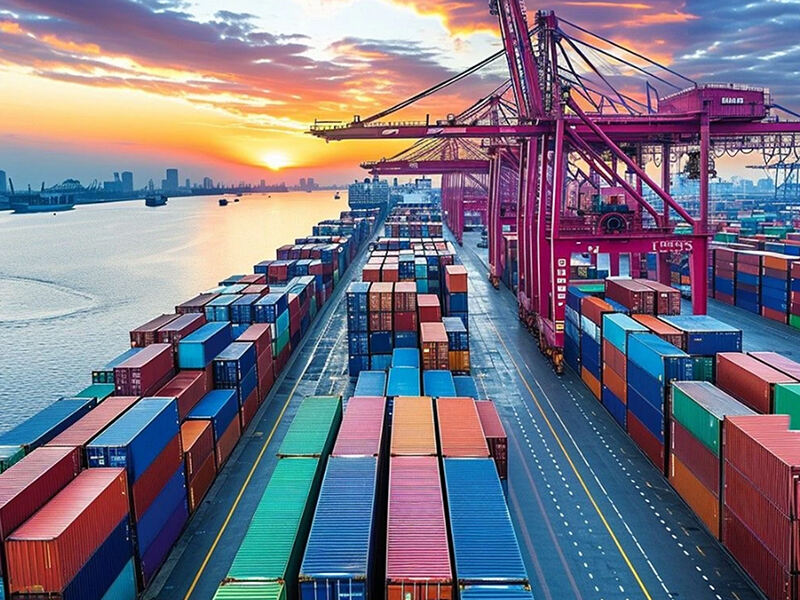Barriers to trade are providing a serious transformation in the global steel industry as the traditional patterns of the market are being remodeled with trade frictions playing a major role. Shandong Runhai Stainless Steel Co., Ltd. understands such dilemmas as our innovation driver and the new types of international collaboration.
An Emerging Wave of Protectionism
There have been rising tariff barriers in the recent years:
The fact that the U.S. is still keeping Section 232 tariffs (25% on steel imports)
Carbon border adjustment measures under the EU
Anti-dumping tariffs of new markets
These factors have interfered with supply chains that have been in place resulting in the players in the industry reviewing their international strategies. Nevertheless, even in these limitations, there is (and will be) potential opportunities to flexible manufacturers.
New Collaboration patterns
Proactive organisations are coming up with new strategies:
Domesticated Production Coalitions
Setting of joint ventures in tariff regions
Technology exchanges with the local manufactures
Value-Added Products Strategies
It will transform a raw material (bulk commodities) to exclusive steel products.
Creation of tariff-free product lines
Green Steel Alliances
Transnational partnerships on low-carbon production
Community RandD in Using Hydrogen to make steel
Adaptive Solutions of Shandong Runhai
In response to such market changes, we have:
A wide range of products: highly-standardized carbon steel、galvanized coils to specialized applications of stainless steel
Strategic Stocking Locations: To cushion against tariff effects an inventory should be kept at strategic locations where the products are sold.
Technical Collaboration: Collaboration with international partners to create formulas of compliant products
The future outlook: co-operation rather than competition
In the industry, there is a trend toward:
Regional integrated supply chains
Technology-sharing platforms
Standard carbon accounting ways
These trends are an indication that in the future, cooperation can be more useful than competition itself.
Conclusion
Although trade frictions are a problem, they also ensure innovation in the international trade in steel. Shandong Runhai does not agree to be tied down by tariffs, but does her best to come with mutually profitable solutions that go above the tariff framework by delivering quality products and collaborative relations.

 EN
EN
 AR
AR
 BG
BG
 FR
FR
 DE
DE
 HI
HI
 IT
IT
 JA
JA
 KO
KO
 PT
PT
 RO
RO
 RU
RU
 ES
ES
 TL
TL
 IW
IW
 ID
ID
 LV
LV
 LT
LT
 SR
SR
 SK
SK
 SL
SL
 UK
UK
 VI
VI
 SQ
SQ
 GL
GL
 HU
HU
 MT
MT
 TH
TH
 TR
TR
 AF
AF
 GA
GA
 BE
BE
 MK
MK
 HY
HY
 AZ
AZ
 KA
KA
 BN
BN
 BS
BS
 LO
LO
 MN
MN





